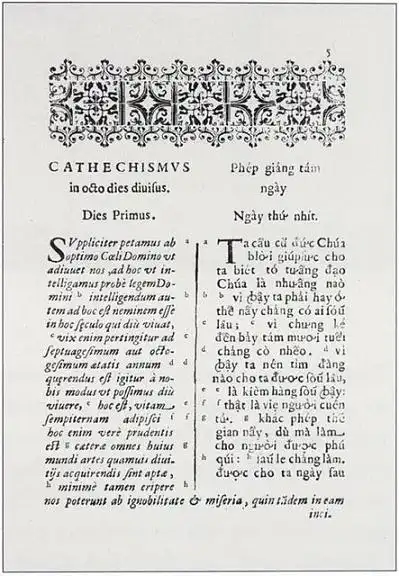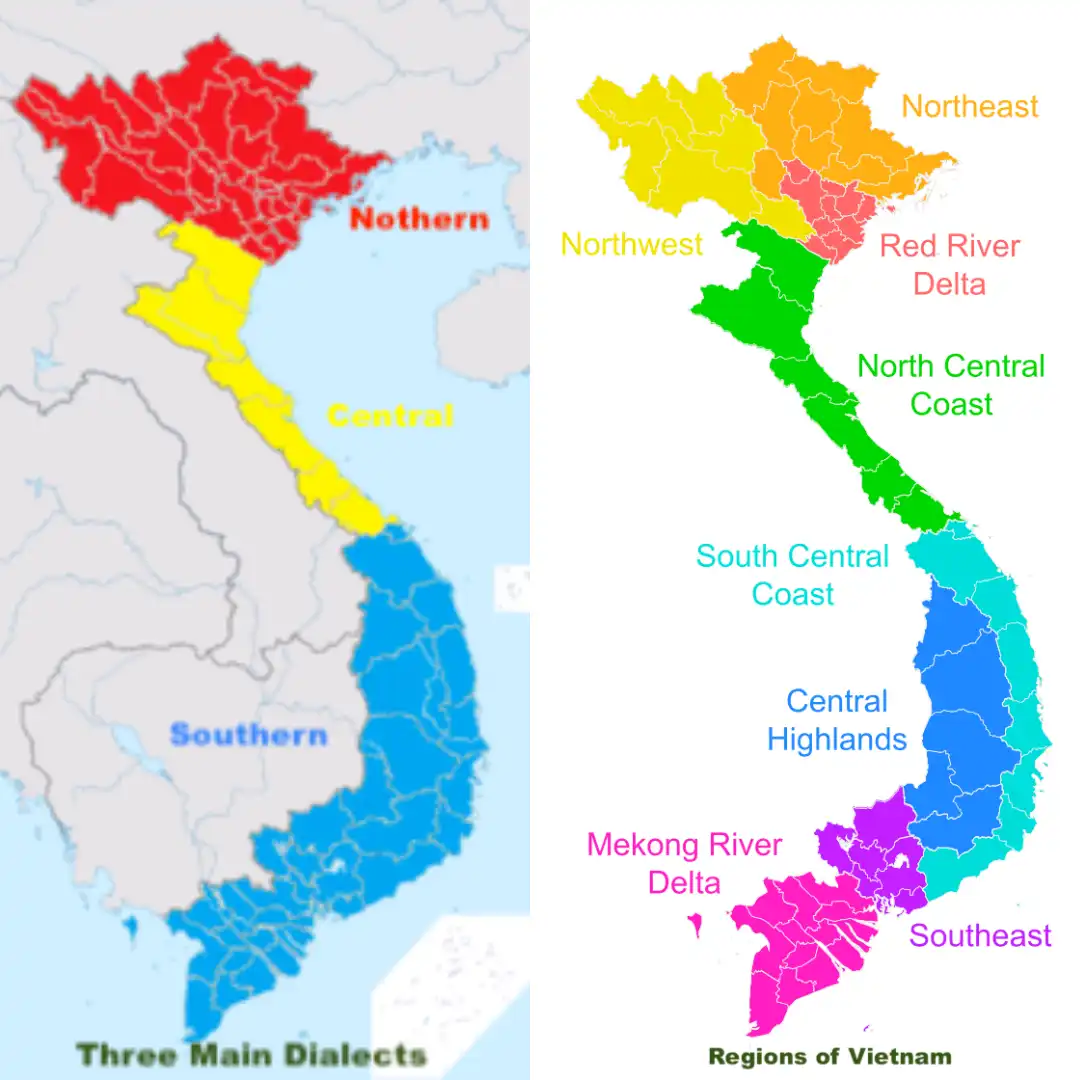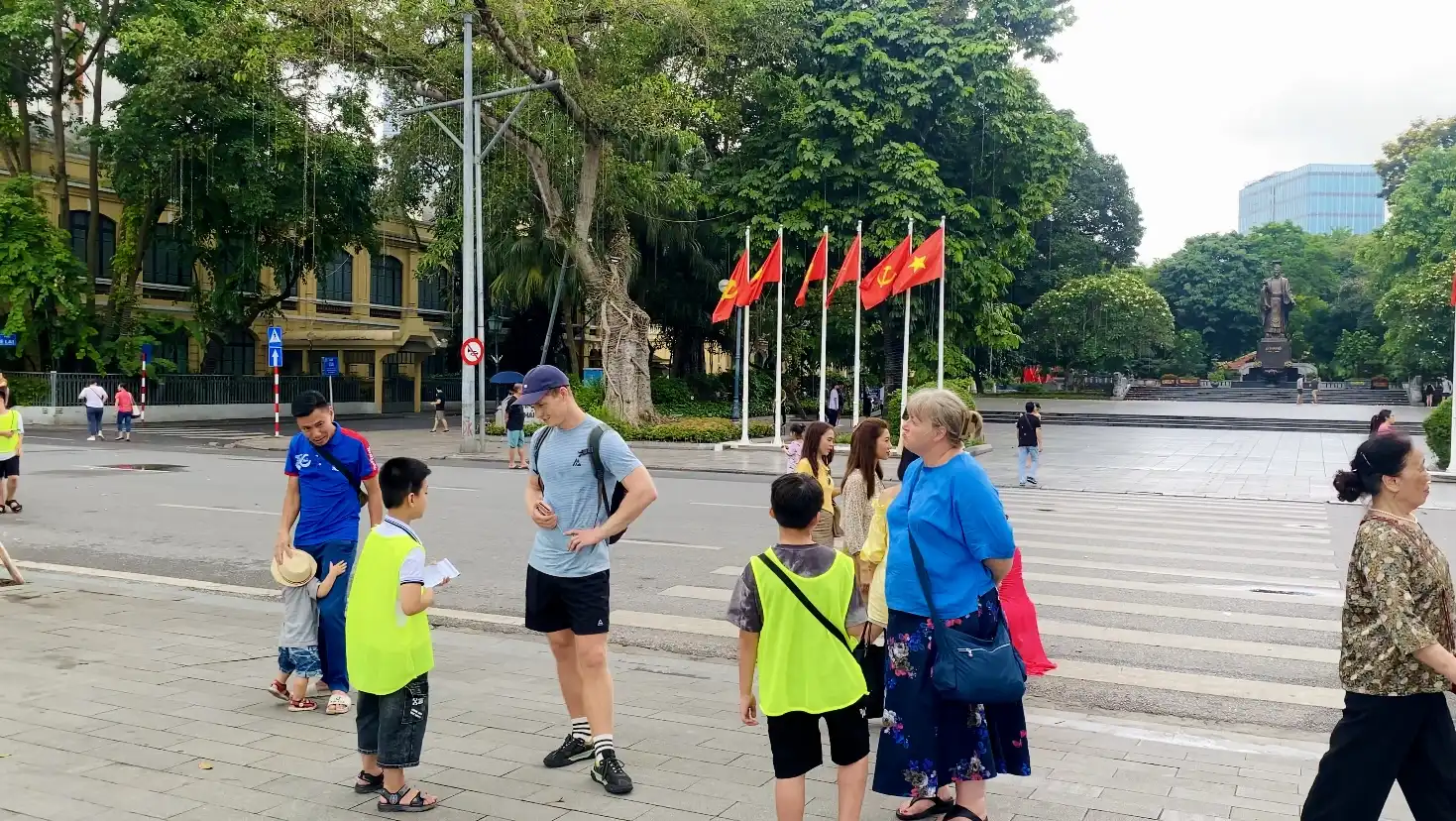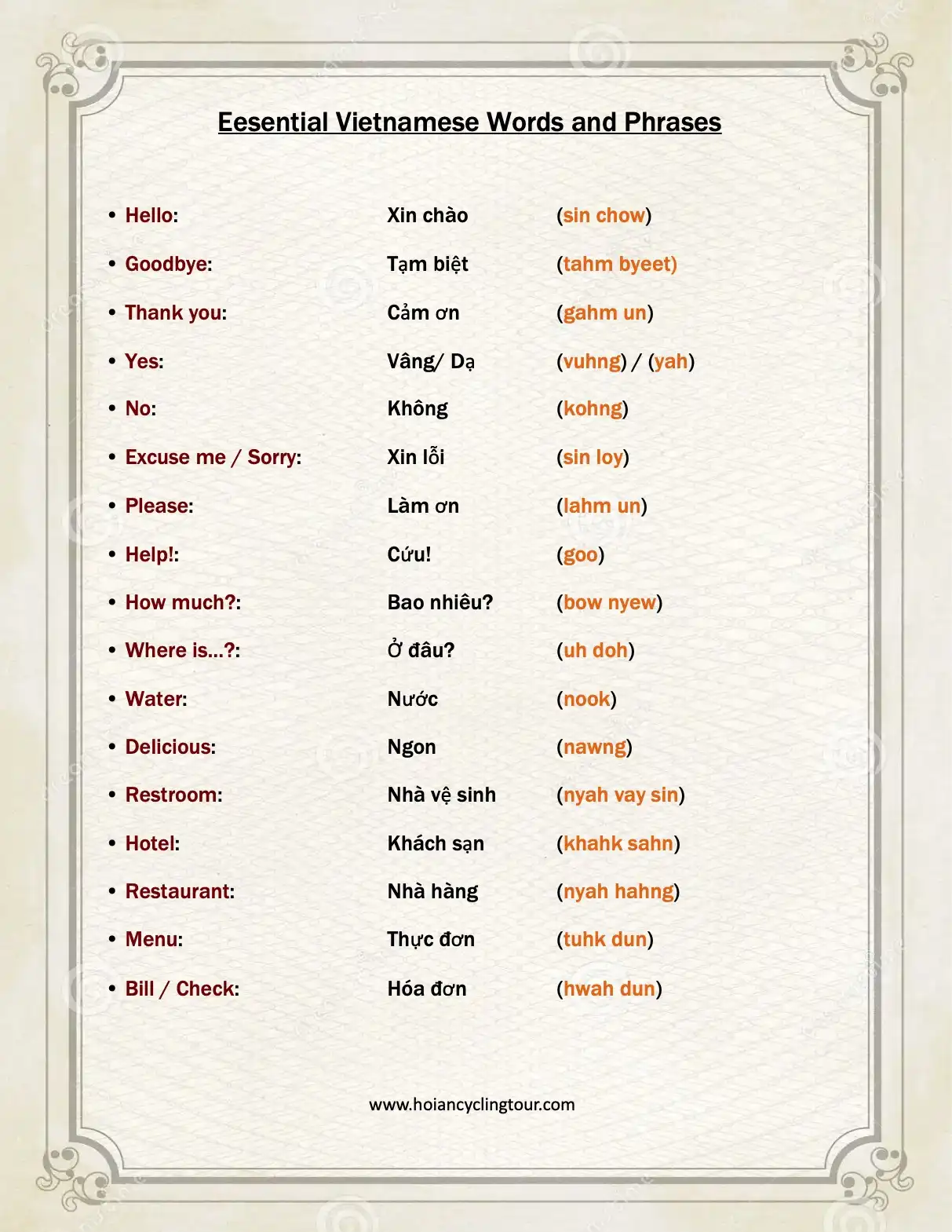Vietnam, a country known for its rich history, stunning landscapes, and vibrant culture, also boasts a unique and fascinating language. Vietnamese is the only official one of languages in Vietnam and is spoken by the vast majority of its population. This article delves into the history of the Vietnamese language, its alphabet, its usage, the role of English in Vietnam’s tourist areas, and some practical tips for visitors.

A Brief History of the Vietnamese Language
The Vietnamese language, known as “Tiếng Việt,” has a long and complex history that reflects the country’s tumultuous past and diverse cultural influences. Vietnamese belongs to the Austroasiatic language family, specifically the Mon-Khmer branch, making it a linguistic relative of Khmer and several other Southeast Asian languages.
1.Early Influences: The earliest form of Vietnamese, often referred to as Proto-Viet-Muong, dates back several thousand years. Over centuries, the language evolved and was influenced by various external cultures, primarily through trade and conquest.
2.Chinese Influence: Between the 1st century BC and the 10th century AD, Vietnam was under Chinese domination. This period significantly impacted the Vietnamese language, introducing a vast number of Sino-Vietnamese vocabulary and Chinese characters. Classical Chinese was the official written language during this era.
3.Chu Nom Script: In the 13th century, Vietnamese scholars developed Chu Nom, a demotic script that used modified Chinese characters to represent Vietnamese sounds. This allowed for the transcription of Vietnamese literature and official documents.
4.Quoc Ngu Script: The 17th century saw the introduction of the Latin-based Quoc Ngu script by Portuguese missionaries, most notably Alexandre de Rhodes. This script, which uses the Latin alphabet with additional diacritics to denote tones and certain sounds, was later adopted as the official writing system during the French colonial period and remains in use today.
The Vietnamese Alphabet
The modern Vietnamese alphabet (Quoc Ngu) consists of 29 letters: 17 consonants and 12 vowels. Unlike English, Vietnamese is a tonal language, meaning the tone with which a word is pronounced can change its meaning. There are six tones in Vietnamese, each indicated by diacritical marks.
Consonants: b, c, d, đ, g, h, k, l, m, n, p, q, r, s, t, v, x
Vowels: a, ă, â, e, ê, i, o, ô, ơ, u, ư, y

The Main Language
Vietnamese is the primary language of instruction in schools, used in government and media, and spoken by nearly everyone in the country. It serves as a unifying factor in a nation with considerable ethnic and linguistic diversity.
Dialects: There are three main dialects of Vietnamese: Northern (Hanoi), Central (Hue), and Southern (Ho Chi Minh City). While they are mutually intelligible, differences in pronunciation, vocabulary, and grammar can be significant.

English in Tourist Areas
In recent years, English has become increasingly prevalent in Vietnam, especially in tourist areas and major cities. Many Vietnamese, particularly the younger generation, learn English in school and use it in their professional lives. As a result, tourists can navigate most of Vietnam’s popular destinations with ease, as English is commonly spoken in hotels, restaurants, and tourist attractions.
Teaching English is one of the most popular jobs for expats in Vietnam. The demand for English teachers has grown significantly as the country prioritizes English education for children. This initiative aims to better prepare the younger generation for global opportunities. It’s common to see children and young students interacting with tourists to practice and improve their English skills.

Practical Tips:
Asking for Prices: If you ask “How much?” when inquiring about the price of goods, foods or services, most vendors understand and will show you the price by writing it on a calculator. Note that if they show “200,” it means 200,000 Vietnamese Dong (VND), not just 200 VND. This practice helps avoid misunderstandings and ensures clarity in transactions.
Common Phrases in Use: In tourist-heavy areas, phrases like “How much?”, “Please”, “Thank you”, and “Excuse me” are well understood. This can make communication smoother for travelers who might not be familiar with Vietnamese.
For tourists visiting Vietnam, knowing a few basic Vietnamese phrases can greatly enhance the travel experience. Here are some essential words and phrases to get you started:

By learning these key phrases, tourists can enhance their interactions with locals and make their travel experience more enjoyable and immersive.
Understanding the Vietnamese language offers a deeper appreciation of Vietnam’s culture and history. While Vietnamese is the main language, the increasing use of English in tourist areas ensures that visitors can enjoy a smooth and enriching travel experience. For more insights into the culture and attractions of Vietnam, visit Hoi An Cycling Tour.
Leave a Reply